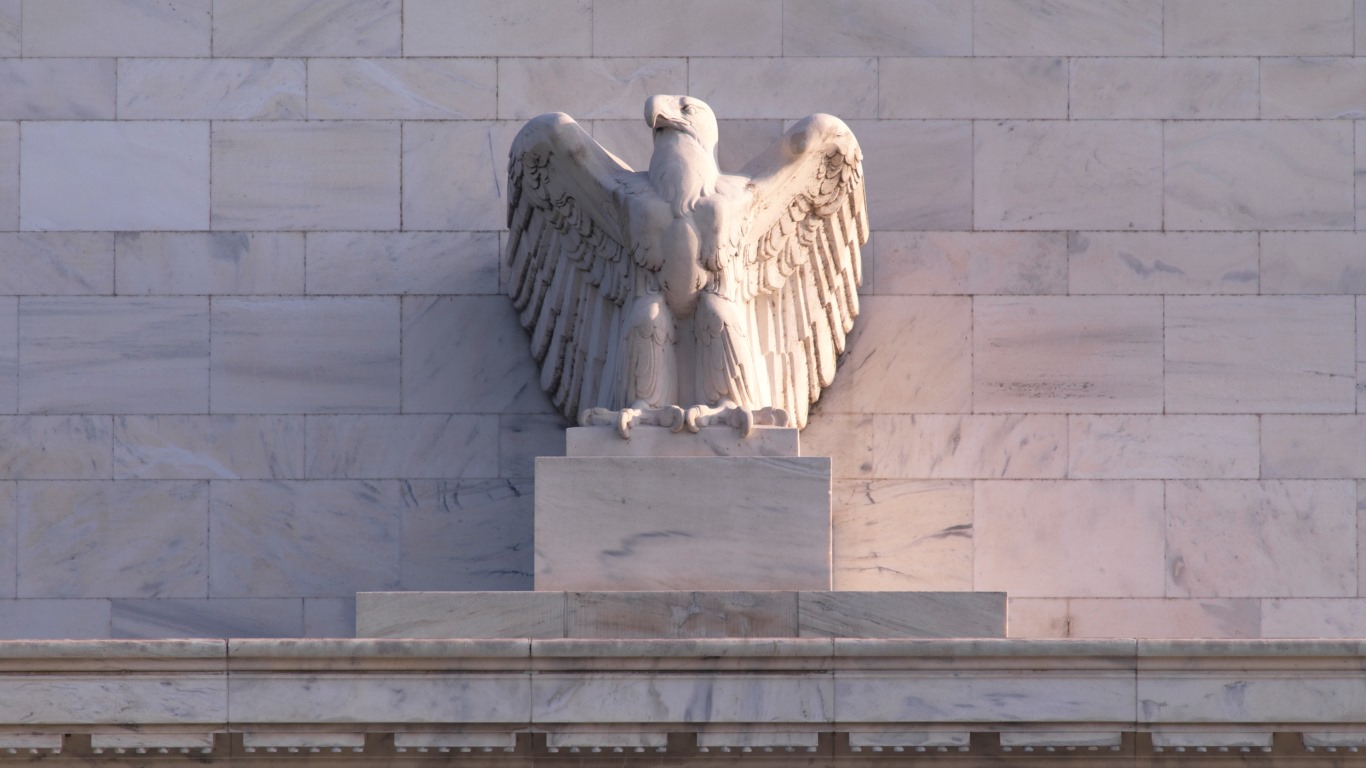Economy
Inflation Rate Slowed Down to 6.5% in December: What Can We Expect From the Fed?

Published:

Inflation cooled down to 6.5% in December, compared to consensus estimates of 6.5%, according to the new CPI print. Core CPI stood at 5.7%, while economists expected a 5.7% annual increase.
The U.S. Bureau of Labor Statistics published the first consumer price index (CPI) report of the year, showing that the annual inflation rate fell to 6.5% in December. This compares to the November CPI of 7.1%, while analysts were expecting 6.5%.
Month-over-month, inflation cooled by 0.1%, compared to the 0.1% increase last month. Analysts were expecting the month-over-month CPI to remain unchanged.
Core CPI, which does not take volatile food and energy prices into account, fell to 5.7% from 6% in November, while analysts were looking for 5.7%. On a monthly basis, core inflation increased by 0.3%, compared to analysts’ estimates of a 0.3% increase.
The pan-European Stoxx 600 index rose to its highest level since April 2022 ahead of the CPI report, pushing all sectors into the green. The index was up around 0.58% Thursday morning, led by gains in travel and leisure stocks.
Elsewhere, US stock futures remained almost unchanged in overnight trading Wednesday. In contrast, Asia-Pacific stocks were mixed as investors awaited the new CPI report to gain more insight into the outlook for the Federal Reserve’s monetary policy.
While the new CPI report provides more clarity, several Fed policymakers, including Atlanta and San Fransisco Fed Presidents Raphael Bostic and Mary Daly, are still in favor of keeping interest rates elevated. Speaking to the Atlanta Rotary Club earlier this week, Bostic said, “we are just going to have to hold our resolve.” When asked how long he saw interest rates above 5%, he replied, “Three words: a long time.”
“I am not a pivot guy. I think we should pause and hold there, and let the policy work,” he said.
– said Raphael Bostic, President of the Atlanta Federal Reserve
Credit Agricole’s head of G-10 FX research and strategy Valentin Marinov, said the mix looks positive enough for the US central bank to keep hiking interest rates. Still, investors are waiting to hear from Fed chairman Jerome Powell to get a better sense of the Fed’s policy plans.
The Federal Reserve slowed the pace of interest rate hikes in December to 50 basis points (bps) after delivering four consecutive 75 bps jumbo increases throughout last year. The central bank moderated the pace of rate increases after the December CPI report showed that inflation cooled down in November.
This article originally appeared on The Tokenist
If you’re one of the over 4 Million Americans set to retire this year, you may want to pay attention.
Finding a financial advisor who puts your interest first can be the difference between a rich retirement and barely getting by, and today it’s easier than ever. SmartAsset’s free tool matches you with up to three fiduciary financial advisors that serve your area in minutes. Each advisor has been carefully vetted, and must act in your best interests. Start your search now.
Don’t waste another minute; get started right here and help your retirement dreams become a retirement reality.
Thank you for reading! Have some feedback for us?
Contact the 24/7 Wall St. editorial team.